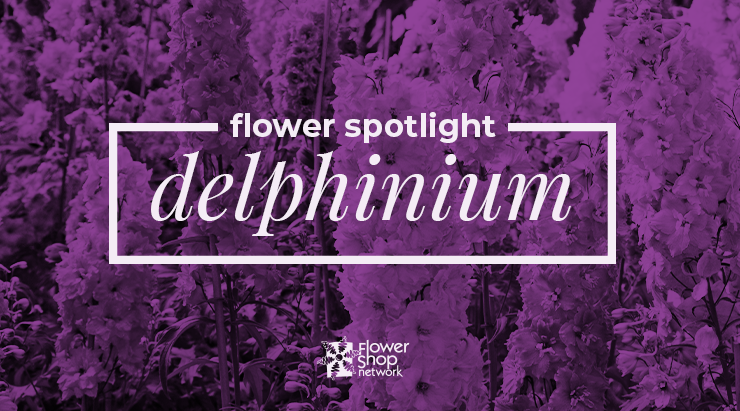
With their joyful colors and towering height, delphiniums make a great addition to any bouquet! Also known as larkspur, these tall, lively blooms elicit feelings of fun, warmth, and happiness. Learn more about their history and meaning, along with some interesting facts. [Read more…]


 Find Your
Find Your 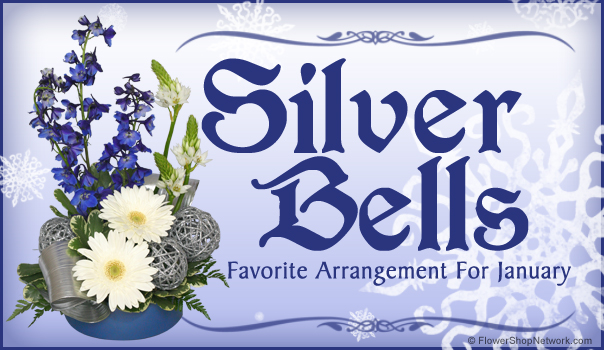

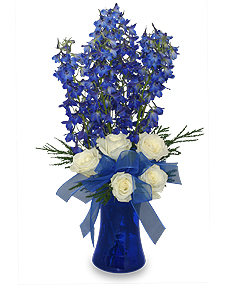
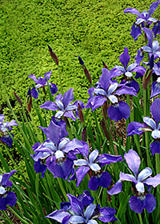 Every spring, I begin the process of taking stock in my garden. What survived the cold winter? What areas just need sprucing up or an extreme makeover? Then, I head to my favorite nursery and begin my annual indulgence—plant shopping! The color I gravitate to most is purple—from pale periwinkle to luscious lavender to deep, velvety jewel tones.
Every spring, I begin the process of taking stock in my garden. What survived the cold winter? What areas just need sprucing up or an extreme makeover? Then, I head to my favorite nursery and begin my annual indulgence—plant shopping! The color I gravitate to most is purple—from pale periwinkle to luscious lavender to deep, velvety jewel tones.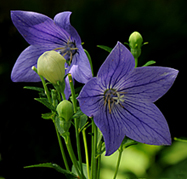
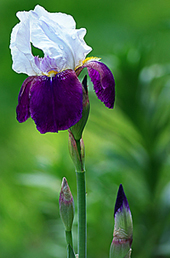
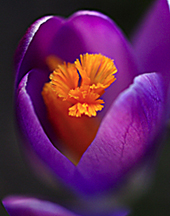
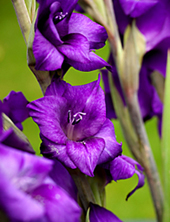
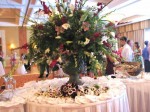
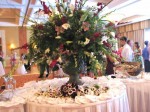
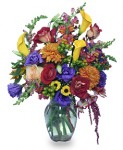

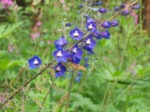

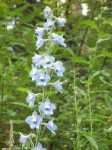

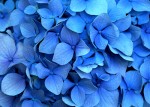
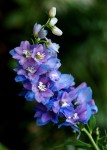 Consider the enchanting
Consider the enchanting 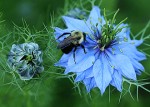 The ethereal, light and airy
The ethereal, light and airy 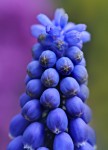 It just wouldn’t be spring without masses of tiny
It just wouldn’t be spring without masses of tiny 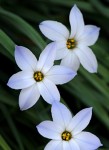 Star-shaped, pale blue
Star-shaped, pale blue 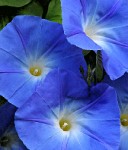 In my humble opinion, a garden without
In my humble opinion, a garden without 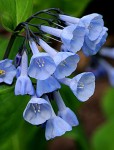 The buds of the herbaceous perennial
The buds of the herbaceous perennial 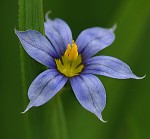 Best planted in large groups for maximum visual impact,
Best planted in large groups for maximum visual impact,  This
This 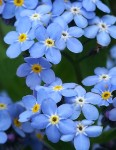 And finally, we can’t forget the diminutive
And finally, we can’t forget the diminutive 
